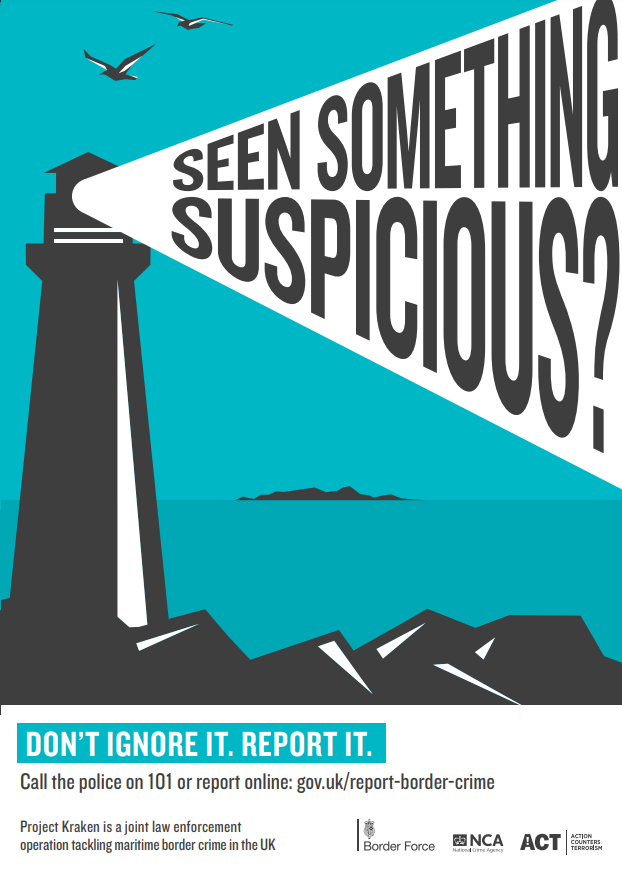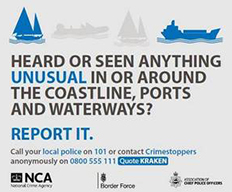Summer 2020 was a miserable one on the Channel. On 19 August, it was confirmed that a migrant’s life was lost, one week after the deployment of a Royal Air Force ‘submarine hunter’, a Boeing P8-A Poseidon, to the Channel to support Border Force in the face of burgeoning migrant crossings. On 8 August, it was announced that the Home Office had requested military aid in light of a record 235 crossings on 6 August. That record was short lived: it was eclipsed by 416 crossings on 2 September.
This issue of cross-Channel migration – chained as it is to highly coordinated transnational organised crime – burns brightly in public discourse.
Addressing an urgent Parliamentary question on 2 September, Under-Secretary of State Chris Philp lamented the “completely unacceptable increase in illegal migration through small-boat crossings from France to the UK…The majority of these crossings are facilitated by ruthless criminal gangs that make money from exploiting migrants who are desperate to come here”.
Those gangs, he declared, “are dangerous; they are ruthless; they are exploiting vulnerable migrants; and they are engaged in other associated criminality. We will stop at nothing to get all of them rounded up, arrested and put out of business”.
Central to this rhetoric is intelligence sharing and multi-stakeholder cooperation. In that debate, Philp sought to reassure Parliament that the government was “working closely with [its] French colleagues to prevent these crossings. That includes patrols of the beaches by French officers, some of whom we fund, surveillance and intelligence sharing…We have already in the last two months established a joint intelligence cell to ensure that intelligence about crossings is rapidly acted upon”.
But something has remained silent and invisible in this crisis: a UK multi-agency initiative that turns 13 this month, yet eludes public scrutiny.
Little is known about Project Kraken, and it is time that questions are asked, at high levels, about Kraken’s track record. It is in the public interest that maritime security thinkers and practitioners investigate Kraken’s successes, failures and expenditures.

What is Project Kraken?
On 17 September 2007, Kraken was launched at Southampton Boat Show. Its intention was to combat terrorism and crime on the UK coastline. But the launch came just three days after Northern Rock bank agreed emergency funding: this was the start of the financial crisis, and austerity.
It is in this context that we should understand Kraken’s avoidance of deploying proverbial boots on the ground. Kraken was not about mobilising intelligence, surveillance and law enforcement personnel.
Quite the opposite. It sought to mobilise members of the public, attuning them to incidences of suspiciousness that might (or might not) indicate the preparation or commission of crime or terrorism on the coastline.
The logic is tempting. The CIA’s tried-and-tested World Factbook indicates that the UK’s coastline is well over 12,000km long. Certain coastal infrastructural nodes (ports, oil and gas terminals, power stations) are policed by such specialist non-Home Office forces as the Ministry of Defence Police, Civil Nuclear Constabulary and Port of Dover Police. And coastal towns and cities are, of course, policed by their respective Home Office constabularies.
But there are swathes of the coastline that elude law enforcement and intelligence attention. In the age of (post)austerity, there are not enough proverbial boots to deploy.
Kraken, in theory at least, would overcome this seemingly impossible task of keeping watch upon the more remote stretches of the coastline. It uses vigilance calls – posters, public engagement, informative webpages – to raise public awareness of what suspiciousness on the coast looks like.
It is involved in what Louise Amoore once called a “watchful politics” that seeks to render members of the public cognizant to potential indicators of crime and terrorism.
Who is watching whom?
Let me stress two things. Firstly, the informants are citizen informants rather than pensionable surveillance and intelligence officers. The informants are members of the public who frequent the coastline, either as part of their private lives or their working livelihoods.
Those citizen informants are not even voluntary special constables who swore an oath and are bound by such instruments as the Police and Criminal Evidence Act, or the College of Policing Code of Ethics. They are ‘ordinary’ members of the public with no formal investigative or surveillance training.
There is no legal accountability and no procedural doctrine governing the individuals whose awareness of suspiciousness is raised.
Kraken’s vigilance calls found welcome audiences in sailors of traditional gaff rigged boats, people who go wildfowl shooting on the Kent coast, and recreational boaters. Kraken vigilance calls have a clear, simple message: if you see something suspicious, err on the side of caution and report it; let the state decide the appropriate response.
This leads to my second point: Kraken is pre-judicial in requesting citizens to judge ‘others’ according to their extant understandings of what an ‘ordinary’, legally compliant person or activity looks like.
Forget the possibility that intelligence and surveillance officers sniffing for people traffickers, drug smugglers and terrorists will be cloaked in ‘t-shirt and jeans’ garb. You might as well report them, too.
A Neighbourhood Watch at Sea?
There are striking similarities between Project Kraken and British Transport Police’s ‘See it, say it, sorted’ campaign. There are also affinities here with Neighbourhood Watch.
But whilst a ‘Neighbourhood Watch’ search of the British Library catalogue returns 450 results, a ‘Project Kraken’ search returns 4, and not one of them has the slightest pertinence to coastal security.
The work I conducted for my recent paper in Geopolitics was unable to identify much hard data on Kraken’s successes, failures and expenditures. Coventry University’s James Malcolm once conducted a small survey of Kraken during his doctorate. Yet, its sample size, and potential groupthink bias – the survey was police-checked before distribution – compounds the fact it was conducted a decade ago.
The land-based Neighbourhood Watch concept is better understood, more prevalent in the public imagination, and the subject of infinitely more research. A schoolboy Google Scholar search for Neighbourhood Watch returns, at the time of writing, 210,000 results.
So, as a summer of misery on the Channel draws to a conclusion, my questions are simple.
In the last thirteen years, how much has Project Kraken cost? How many (a) incidents and (b) crimes has it detected? And finally, what role – if any – has it played in the English Channel crisis?
If it has failed, should funds not be redirected elsewhere? Perhaps it is time for Project Kraken to surface for once more in Parliamentary questions.

Dr Duncan Weaver manages the University of East Anglia validated Crime, Terrorism and Global Security degree. He previously taught at Keele University and worked in law enforcement.
A pdf of the commentary can be downloaded here

